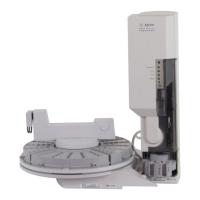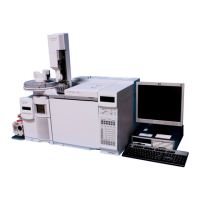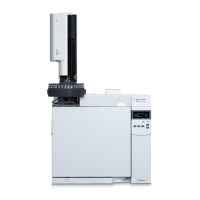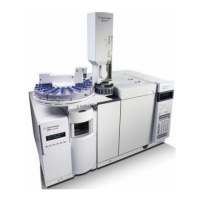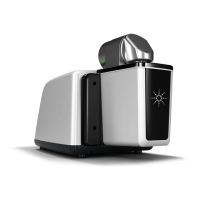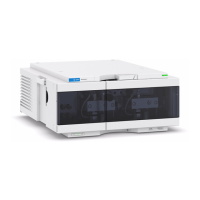184 Agilent 4150 TapeStation System Manual
10
Troubleshooting
Troubleshooting DNA Applications
Table 7 DNA - Possible causes of incorrect sizing results in order of probability
Root cause Explanation Solution
Incorrect Marker
peaks picked up
Depending on the sample that is used, wrong
peaks can get assigned as marker if the sample
size is very close to the actual marker.
Use the Aligned button in the TapeStation
Analysis software to detect the correct
markers. Compare to aligned/unaligned data of
good and questionable samples; then assign
correct markers by right-clicking. See the
Agilent Information Center for more
information. Ensure that all sample peaks are
within the recommended sizing range for the
application.
Incorrect analysis
type
The Gel and Electropherogram view are
designed to analyze discrete peaks within
samples. The Region view is optimized for
analyzing samples with broad peaks. Region
view uses a different method to calculate
concentration and sizing.
Use Gel view for samples with narrow peaks
and the Region view for samples with broad
peaks or smears such as libraries. See “Peak
Maxima Versus Average Molecular Weight
Sizing and Molarity” on page 104 for more
information.
Issues with the
ladder lane
Any issues with the run ladder lane will be
annotated within the TapeStation Analysis
software sample table under Observations.
Manually insert or delete affected peaks. In
assays where an electronic ladder is available
(D1000, High Sensitivity D1000, and Cell-free
DNA Assay), insert the electronic ladder to
regain sizing information, see the Agilent
Information Center for more information. In
assays where an electronic ladder is not
available (D5000, High Sensitivity D5000, and
Genomic DNA Assay), re-run affected samples
and ensure that Good Measurement Practices
are followed, see “Good Measurement
Practices” on page 81.
For Genomic DNA Ladder considerations, see
“Genomic DNA Assay” on page 178.
Insufficient migration
due to presence of
salt
Sample matrices exceeding the maximum
buffer strength specifications may alter
currents in an unpredictable manner leading to
short running lanes, see “Maximum Buffer
Concentration in Sample” on page 110.
Dilute your samples to ensure low levels of
buffer salt. True migration profiles can be seen
by unaligning your gel image by pressing the
Aligned button in the TapeStation Analysis
software. Please refer to the salt tolerance
guidelines for your assay in the appropriate
Quick Guide (Tab le 3 on page 64).
